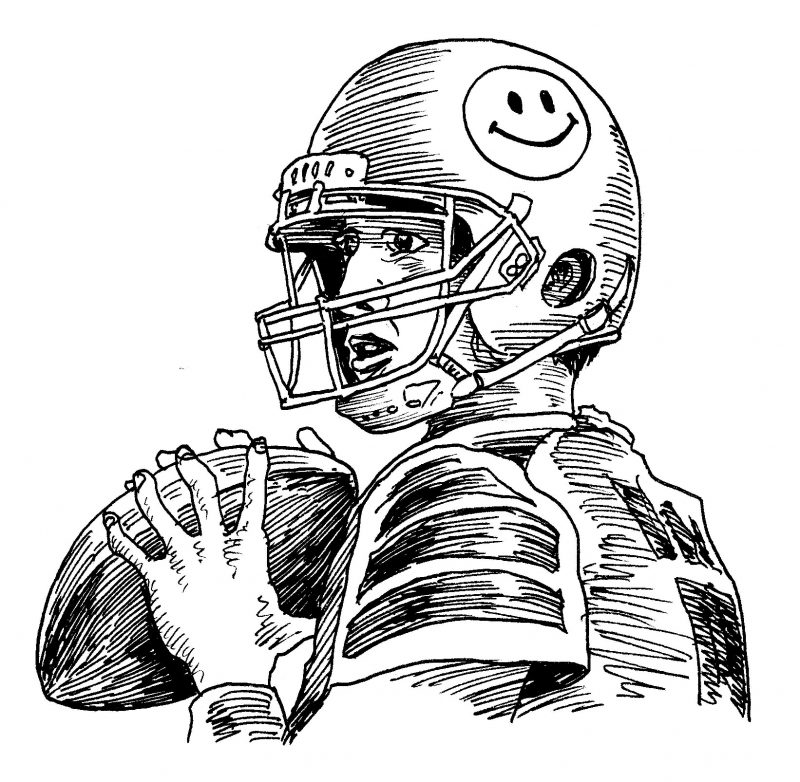When I was twenty years old, in the fall of 2006, the body of my friend Luke was found in the Mississippi River. The discovery came at the end of a long weekend search. Crews of police and volunteers, his friends and family among them, had combed the streets of La Crosse, Wisconsin, a moribund Rust Belt town where Luke had been attending college on a basketball scholarship. Rumor had it that on Friday night he had been out partying at the annual Oktoberfest celebration; on Saturday morning he’d failed to show up for a golf outing. Surveillance footage from the night before showed him eating a hoagie at a local Jimmy John’s, but the trail of bread crumbs ended there. Mutual friends later told me that by the end of the weekend the search party had exhausted the probable locations and had taken to peering into Dumpsters and ripping open trash bags, hoping they wouldn’t find him among the ruins. That level of savagery, in other words, was no longer outside the scope of their concerns.
At the time, I was going to school in Chicago. On the morning my father called to say they’d found Luke’s body, I drove back to our hometown, chain-smoking and aphasic with grief. Throughout four years of high-school football, Luke and I had both played quarterback, and every practice we ran drills in perfect symmetry. We’d call “hike” and drop back to pass, firing spirals at targets downfield, our arms mirrored at identical points of release. Often our coaches called us by each other’s names. In the intervening years we had drifted apart, owing as much to geography as to diverging vocational interests—he was studying business; I fancied myself a writer—and though we still drank together over winter break, our phone calls throughout the rest of the year had grown stilted and brusque.
There was a vigil that night at the old high school. Family and friends congregated around the flagpole of the front quad. With their expressions flickering in the bronzy light of votives, former classmates offered halting tributes to my friend, heartfelt remembrances about good times in study hall or at school dances. All of it struck me as mawkish and premature. Luke had been dead for all of thirty-six hours, but already my peers were engaged in the ho-hum business of eulogy? I was haunted by more basic questions: how was it possible that he had lost consciousness at the precise moment he wandered into the river? Had I ever known Luke to drink himself beyond basic motor skills? Why had the authorities settled on “accidental drowning” before they even received an autopsy report? Without sturdy answers to these questions,...
You have reached your article limit
Sign up for a digital subscription and continue reading all new issues, plus our entire archives, for just $1.50/month.
Already a subscriber? Sign in





